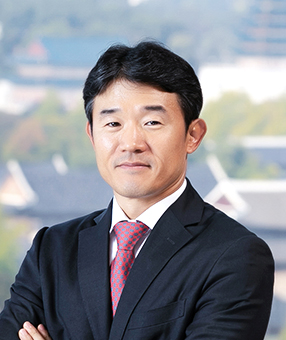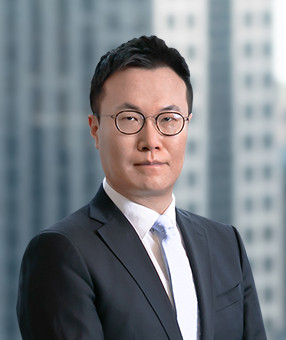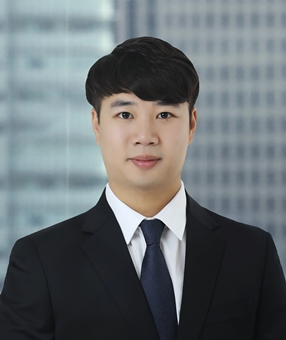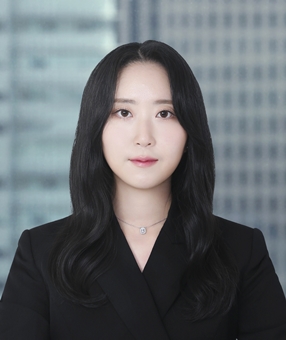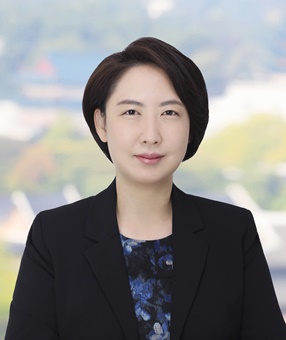The IP High Court recently decided a case on appeal from the Busan District Court's award of enhanced damages for willful infringement. This decision provides clear guidance for awarding enhanced damages (IP High Court Decision No. 2023Na11276 decided on October 31, 2024; the "Case"). The decision became final and conclusive after the defendant waived its right to appeal.
The Korean Patent Act ("KPA") was amended to add Articles 128(8) and (9) (the "Amendment"), which took effect on July 9, 2019 (the "Effective Date"). These articles give courts the discretion to award treble damages (up to three times the actual damages[1]) as enhanced damages for willful infringement, and outline the factors to be considered in determining the amount of enhanced damages[2]. A subsequent amendment, effective August 21, 2024, increased the maximum limit from three to five times the actual damages.
In promulgating the Amendment, the Addendum[3] prescribed when the Amendment will apply as follows:
"The amended provisions of Article 128(8) and (9) shall apply from the violation first committed after the Amendment went into effect."
Until the Case was decided by the IP High Court, there were different interpretations on which violation the phrase "first committed" referred to. Specifically, if infringement had commenced prior to the Effective Date (i.e., July 9, 2019) and continued thereafter:
- One interpretation was that the enhanced damages cannot be awarded at all (the "Pre-Amendment No Damages Interpretation") because the infringement was first committed before the Effective Date; and
- The other interpretation was that the enhanced damages should be awarded for part of infringement committed after the Effective Date (the "Post-Amendment All Damages Interpretation") because that part of infringement was first committed after the Effective Date.
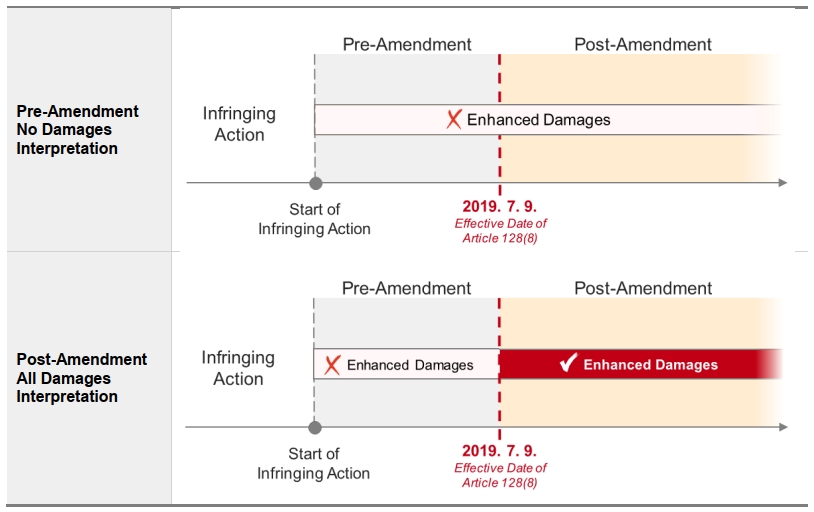
The Case involved a patent directed to a lid of a cooking vacuum pot. The plaintiff claimed that the defendant intentionally continued infringing the patent from 2015 to 2022, and requested the court to increase the amount of damages up to three times[4] pursuant to Article 128(8) of the Patent Act. In a first application of the Amendment, the Busan District Court awarded enhanced damages based on the Post-Amendment All Damages Interpretation.[5] The district court divided the infringing action into two distinct periods, the pre-Amendment period (before July 9, 2019) and the post-Amendment period (on or after July 9, 2019), and awarded enhanced damages for infringing acts that took place during the post-Amendment period.
Until this decision by the Busan District Court, other district courts adopted the Pre-Amendment No Damages Interpretation, refusing to award enhanced damages if infringement initially took place before the Effective Date even though the infringing acts continued thereafter. The Busan District Court was the first court that applied the Post-Amendment All Damages Interpretation providing enhanced damages for infringing acts committed on or after the Effective Date, even if the infringing acts first started before the Effective Date.
On appeal, the IP High Court affirmed the District Court's decision by holding that the defendant committed willful infringement[6] and thus, enhanced damages under Article 128(8) should be awarded for infringing acts that took place during the post-Amendment period (on or after July 9, 2019) regardless of when the infringing act started - whether the infringing act commenced for the first time before July 9, 2019 or not (i.e., applying the Post-Amendment All Damages Interpretation).[7]
In affirming the Busan District Court's decision, the IP High Court reasoned as follows:
- The purpose of the Amendment for enhanced damages is to discourage infringement and enhance remedies for damages caused by infringement of patent rights or exclusive licenses.
- According to Supreme Court precedents on applying a newly enacted provision to acts committed before and after an amendment because the acts as a whole is now illegal due to the new provision, the new law should be applied to all acts over the period before and after the amendment without the need to compare the severity of the statutory punishment under the new and old laws.[8] However, if the new provision is not an amendment relating to definitions or penalties of violation, the new provision cannot be applied to punish acts that took place before the provision went into effect (i.e., the new provision should apply only to acts that took place after the effective date of the provision).[9] The Pre-Amendment No Damages Interpretation is inconsistent with the above Supreme Court precedents.
- Moreover, if enhanced damages are available only for infringement that first took place after the Effective Date, a plaintiff may seek enhanced damages solely for the infringement occurring after the Effective Date. In response, a defendant may argue as a defense that its infringement occurred before the Effective Date. This situation is unreasonable in that the defendant can avoid enhanced damages by arguing that it committed infringement before the Effective Date.
- The culpability of an individual who continues to infringe before and after the Effective Date is greater than that of a person who first commenced infringement after the Effective Date. If enhanced damages are available only for infringement that first took place after the Effective Date, the individual who has committed more infringing acts would not be liable for enhanced damages. Thus, such interpretation would be inconsistent with the legislative intent and undermine the balance of legal interests in the Amendment, which aims to provide stronger protection for patents.
- Furthermore, the text of the Addendum is that "the amended provisions of Article 128(8) and (9) shall apply from the violation first committed after the Amendment went into effect," not "the amended provisions of Article 128(8) and (9) shall apply to the violation first committed after the Amendment went into effect." Therefore, it would be more natural to interpret the Addendum to limit the scope of infringement to which the enhanced damages apply as in the Post-Amendment All Damages Interpretation, rather than limiting the type of infringement for applying the Amendment as in the Pre-Amendment No Damages Interpretation.
The IP High Court's decision is significant in clarifying that enhanced damages should be applied under Article 128(8) to infringement acts that took place before Article 128(8) came into effect and continued until after the Effective Date. In addition to the recent legislative trend of strengthening sanctions on willful infringement by increasing the maximum limit of enhanced damages, this ruling is expected to serve as an opportunity to further strengthen the protection of patent holders' rights in Korea. In view of such pro-patent trend, businesses should examine their patent protection policies and at the same time, exercise caution in responding to infringement allegations.
1 Pursuant to Article 128(8), the amount of actual damages as a basis for enhanced damages is calculated in accordance with Articles 128(2) to (7) of the KPA.
2 Article 128(9) stipulates the factors for determining the amount of enhanced damages as follows: (i) whether the infringer has a dominant position; (ii) whether the infringer knew the act of infringement would cause harm to a patent owner, or intended such harm; (iii) the significance of any such damages; (iv) the economic benefits to the infringer from the infringement; (v) how frequently and how long the infringing activity was committed; (vi) the criminal penalty for the infringing activity; (vii) the infringer's financial status; and (viii) what efforts the infringer has made to reduce the harm to the patent owner.
3 See Addendum <Act No. 16208> of the KPA.
4 The maximum penalty at the time of the lawsuit was three times, but the limit was subsequently raised to five times the actual damages effective August 21, 2024.
5 See Busan District Court Decision No. 2023Gahap42160 decided on October 4, 2023.
6 In finding willful infringement, the IP High Court considered the facts that the defendant produced and sold infringing products with knowledge of the patented invention and continued to do so even after failing to negotiate a license with the plaintiff and receiving adverse decisions in an invalidation action and a scope confirmation action from the Intellectual Property Trial and Appeal Board.
7 The Court awarded enhanced damages of two times the actual damages for the infringing acts that took place during post-Amendment period.
8 See, e.g., Supreme Court Decision 2009Do321 decided on April 9, 2009.
9 See Supreme Court Decision 2022Do10660 decided on December 29, 2022.
Related Topics





